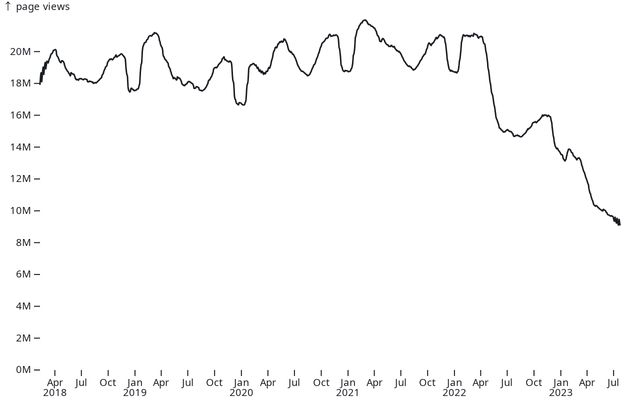- cross-posted to:
- tech@kbin.social
- technews@radiation.party
- cross-posted to:
- tech@kbin.social
- technews@radiation.party
Over the past one and a half years, Stack Overflow has lost around 50% of its traffic. This decline is similarly reflected in site usage, with approximately a 50% decrease in the number of questions and answers, as well as the number of votes these posts receive.
The charts below show the usage represented by a moving average of 49 days.
What happened?



How is that practically different from a user perspective than answers on SO? Either way, I still have to try the suggested solutions to see if they work in my particular situation.
At least with those, you can be reasonably confident that a single person at some point believed in their answer as a coherent solution
That doesn’t exactly inspire confidence.
Better than knowing there’s some possibility that the answer was generated purely because the sequence of characters had the highest probability of convincing the reader that it seems correct based on the sequence of characters it was given as input (+/- a decent amount of RNG)
Still debatable, IMO. Human belief is stubborn and self-justifying whereas an RNG can be rerolled as many times as needed.
Yeah but if you keep rerolling the RNG, how do you know when a right answer gets randomly generated?
Also, my point above was that if a human believed the solution was true, it probably was true at some point. With generative language models, there’s no guarantee that there’s any logic to what it tells you.